Blog
Unlocking Vintage Vibes: Mastering Classic Sampler Techniques in Modern Music Production
18 Apr '2024
Take a look at some of the landmark innovations in using samplers to make music. Explore vinyl sampling, bit reduction, and transform your music with classic vibes in the digital age.

With the power of today’s technology, we’re very blessed to have immediate access to high-fidelity audio recording solutions. Basic consumer-level laptops and even mobile phones can record, store and process professional-sounding audio. Back in the 80s when the likes of AKAI and EMU began to fill music studios with hardware samplers, this just wasn’t the case.
Instead, manufacturers as well as producers had to get creative with how they used sampler memory and processing power to be as efficient as possible. These restrictions resulted in some unique sampling techniques and quirks that ultimately changed the way music was made. In this article, we’re looking back at some of these facets of sampling, and how you can use them in your DAW to capture the essence of some of the past’s most profound sampling practices.
Adding grit and crunch with bit reduction
Due to the cost of high-quality 16-bit converters, vintage hardware samplers such as the AKAI S950 and EMU SP-1200 sampled audio with a bit rate of 12 bits, as opposed to the 16 or 24 bits that we’re accustomed to with modern equipment. In simple terms, this relates to the resolution at which a piece of audio is recorded. A smaller bit rate equates to a lower resolution.
The classic sound of old-school samplers is often attributed to their lower recording resolution, along with a reduced sample rate. For example, the EMU SP-1200 records at a bit rate of 12 bits and a sample depth of 26.04kHz, and is considered by many to be the best-sounding classic hardware sampler in history. Revolutionary Hip Hop act Public Enemy’s second album, It Takes a Nation of Millions to Hold Us Back, is an example of an album that owes its iconic sound to the SP-1200.
We can emulate this style of sound in the digital domain using a digital bit-crusher.
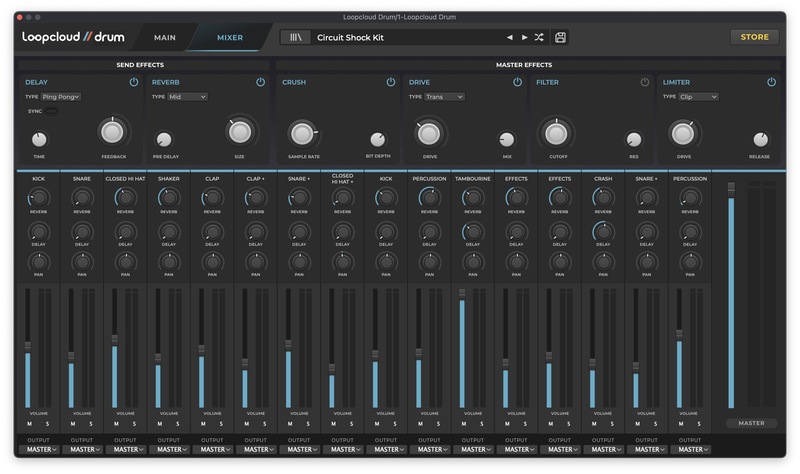
Both Loopcloud DRUM and Loopcloud PLAY can emulate this style of bit-crushing with their inbuilt Crush and Lo-Fi effects modules respectively. Simply head to the Advanced or Mixer window and engage the relevant module, then reduce the Sample Rate and Bit Depth accordingly.
Grit - Before
Grit - After
Applying the EMU SP-1200’s settings results in a very subtle effect, but you can further reduce the Sample Rate and Bit Depth for more extreme grit. In this case, we’ve reduced the Sample Rate to around 21kHz and the Bit Depth to 11 bits, which really adds some crunch to the drums.
Grit - Extreme
Recording vinyl into an early sampler
Another way in which technology has changed the way we sample is through the advent of subscription-based sample libraries such as Loopcloud. While it’s great to have immediate access to a huge library of high-quality royalty-free samples, there is a certain charm to sampling a dusty old cassette or vinyl that you don’t always get from these sample packs.
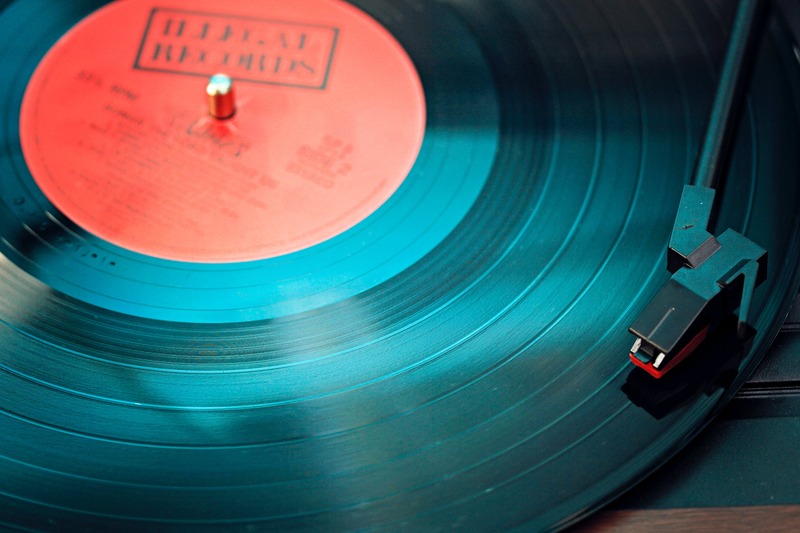
For a slice of old-school vinyl flavour, you can turn to the golden age of Hip Hop, or in other words most records released between the mid-eighties to the mid-nineties. Wu-Tang Clan’s debut album Enter The Wu-Tang (36 Chambers) for example, is drenched in ambient hiss from VHS kung-fu tapes and ’60s soul records.
The good news is it’s simple to take any sample and give it a classic vinyl feel. We’re using the LFC_Pluck_Meadows_G3_FA sample from the Massive x Lo-Fi and Chill sample pack. We like the tonal content of this pluck, but it’s a bit too clean for our liking. By layering it with a vinyl crackle effect and resampling it, we can give it an entirely new character. We’re using the BLE9_Vinyl_Crackle_FX_03 crackle sample.
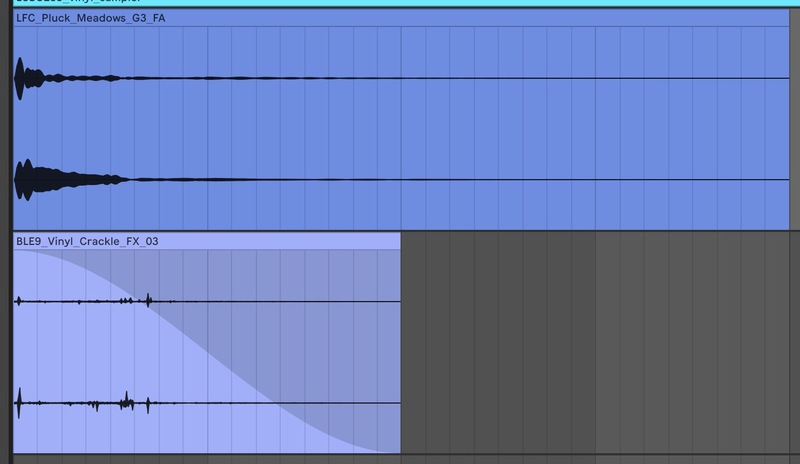
Once you’ve selected your sample and your vinyl crackle, apply any necessary level adjustments and audio edits, then resample them onto a new audio channel to form a single audio sample.
Vinyl Resampled
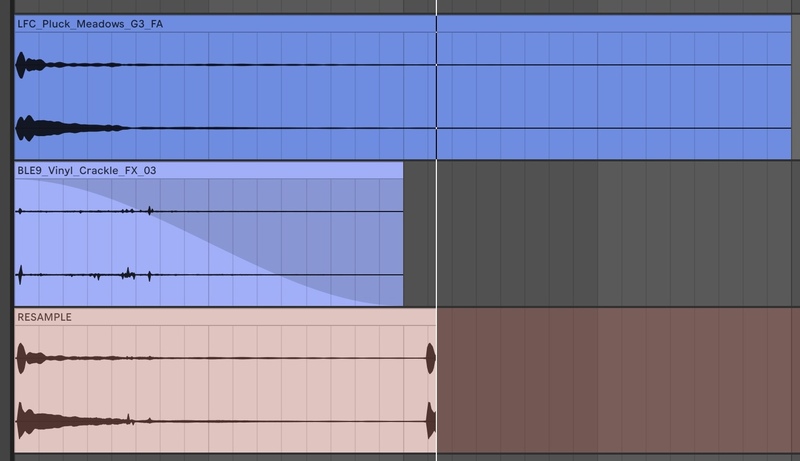
Now you can load your new bespoke sample into your chosen sampler and play it along your keyboard. There are several advantages to sampling the layered crackle effect with the original effect, as opposed to just adding a looped crackle sample underneath.
Firstly, you’re creating your own unique sample that you can use time and time again. Secondly, the crackle will change pitch with the sample as you play it back, as it would do on a vintage sampler, thus achieving a much more authentic sound.
Vinyl Sampler
Sample your chords for linear transposition
We’re going to combine the previous technique with this next one for a classic sampling technique double-header. A key restriction of vintage hardware samplers was that they were generally monophonic. This meant that sampling individual notes like the pluck used above, and playing it back as a chord was out of the question.
Instead, if you wanted to play a chord, you had to use an internal resampling technique to layer on each additional note. While this workaround did allow some flexibility, it meant that when you played the sampled chord back, the entire sound was transposed together.
While this seems like a restriction, the sampled chord sound became synonymous with genres such as UK Garage, Rave and Jungle. Some early artists who were involved in pioneering and popularising the Jungle genre were the likes of Goldie and Rebel MC, and you can hear evidence of the sampled chord sound in much of their output.
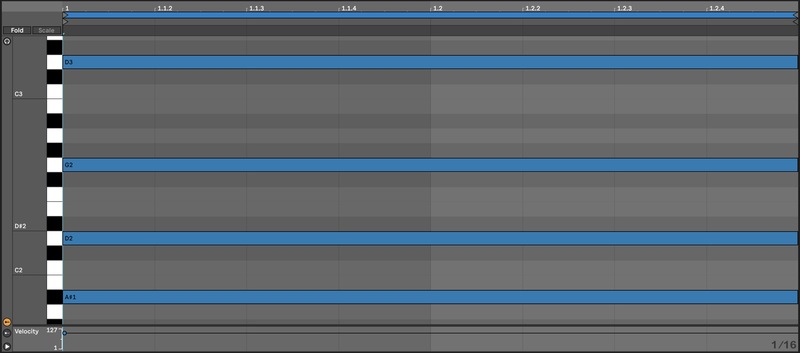
To replicate the sampled chord sound, we simply use MIDI to program a chord with our resampled pluck sound, then resample it again and play it back with another sampler.
Chord Sound
Avoid synced samples for a unique groove
When using sample subscription services like Loopcloud, it’s a piece of cake to find, edit and use tempo-synced samples. Using the Tempo Filter and Match Tempo functionality in the Loopcloud App, not only can you find suitable samples based on your project’s tempo, but the app will automatically sync sample tempo too.
Simply click the padlock icon at the bottom of the Loopcloud app until it’s lit light blue. While these features streamline your production process, it’s not how things were done in the 80s and 90s.
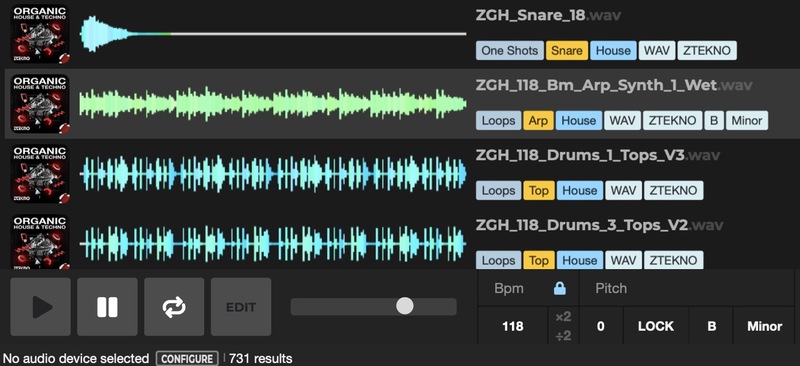
Instead, producers had to sync the sample to their project’s tempo manually, or they looked for a groove within the sample, regardless of its tempo. The latter solution can create some really interesting results that wouldn’t have been achieved with a tempo-synced loop. Because of the lack of detailed tempo or note resolution the loops could be imprecise, for example in EPMD’s track ‘Let The Funk Flow’.
Let’s take the drum beat from the first step of this article, which is 137BPM. We can then use the Tempo slider in the Loopcloud app to filter down to vocal loops with a BPM of 90BPM to 105BPM. We’ve found the ECR_96_Sx_2bar_disappear vocal sample, which has a nicely defined rhythm with a staccato-style delivery.
Vocal Rhythm
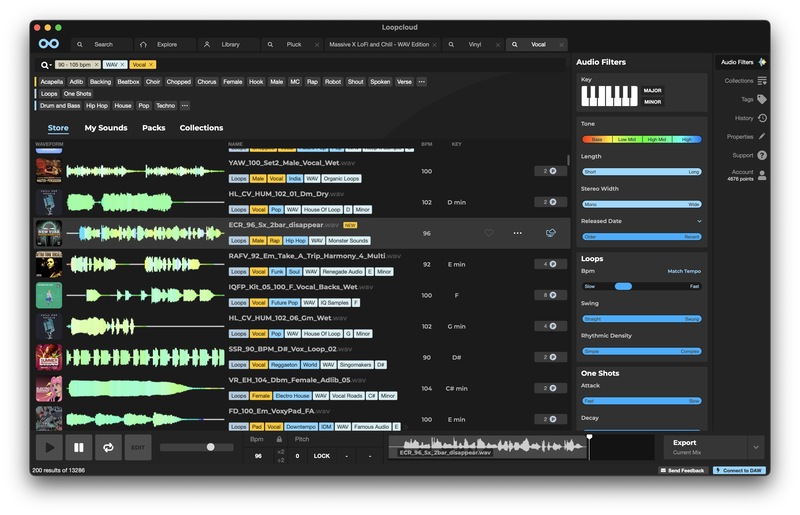
Now we can loop the sample and adjust the sample length and start point until we find some vocal rhythms that aren’t synced to the track’s BPM, but do work with the track’s rhythm. This is a great way to add syncopated and polyrhythmic grooves that add some rhythmic variation to your track.
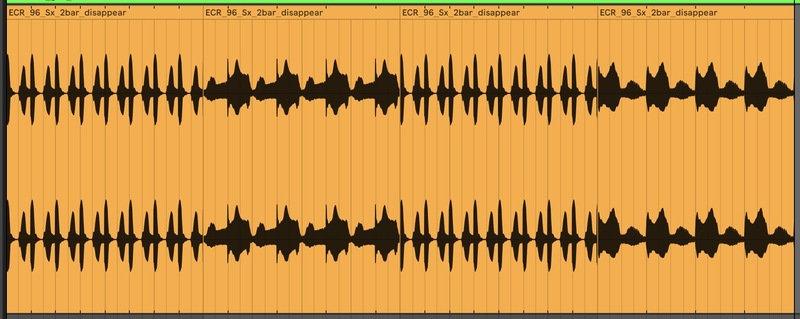
Speed up to sample, then pitch it down
As per the previous technique, time stretching or syncing samples isn’t an ability that vintage samplers possess, or at least not in the way we know it today. If you wanted to play a sample faster, that would involve increasing its pitch, and vice versa.
This meant that producers had to play the source sample at a higher or slower rate, sample it, and then play it back at a lower or higher register to play samples back at the correct time or pitch. One of the first times this technique was employed was using an Akai S-950 in the 4 Hero track ‘Journey from the Light’. Mark Clair and Denis McFarlane sampled the same break multiple times with a different pitch and put it back together, making sure that the break stayed the same length.
While this sounds like a laborious task, it’s relatively easy in a modern DAW, and once again it can conjure up some unique sounds and textures, particularly when additional processing is applied before resampling.
We’re going to apply this technique to an arpeggio sample from Loopcloud, in this case it’s the ZGH_118_Gm_Arp_Synth_2_Dry sample from ZTENKO’s Organic House and Techno sample pack.
Arp - Dry
The dry sound is okay, but it would really come to life with some unique reverb. Start by halving the sample’s tempo, which has the effect of pitching it down an octave too. This can usually be done quite easily in your DAW. In Ableton Live, you use the division button in the Sample Editor.
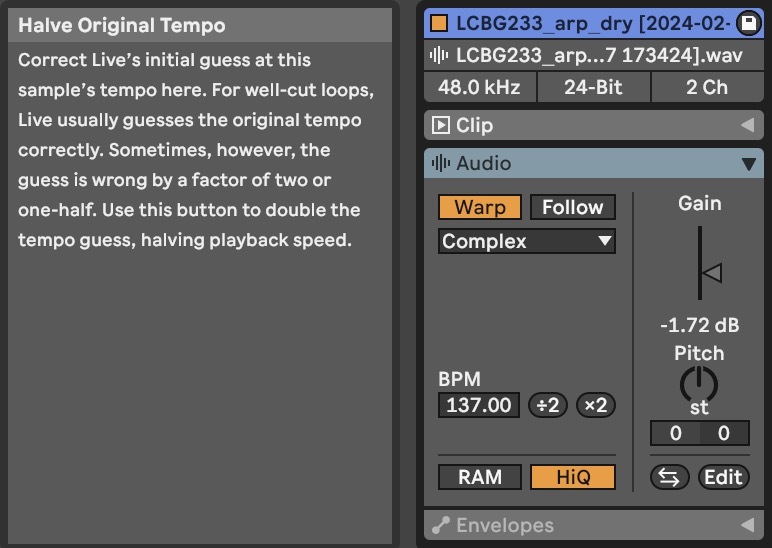
Arp - Stretched
Apply some reverb, delay or any other effect to your stretched sample. The bitcrushed or vinyl crackle effect from tips one and two in this article would work nicely here. Then resample your audio onto a new channel, and double the tempo back to its original speed thus increasing it back to its original register.
Arp - Resampled
The result is a sample that may have incurred some audio artefacts from the time stretching, along with your reverb, vinyl or bit crushing processing which has been pitched up an octave.
FAQs
Is recreating a sample legal?
You can use or recreate any sample you want for your own personal use, but if you wish to sell or release music containing a sample from a published composition, you will need the appropriate sample clearance. The master rights refer to the recording of a track, while the publishing rights refer to the content of the music, such as the lyrics or melody. If you wish to recreate a sample and publish it in your own track, you only need the publishing rights.
What are the techniques of sampling music?
There are many techniques of sampling music, these include:
- Altering the pitch
- Speeding up or slowing down
- Reversing
- Granular sampling
- Spectral processing
- Tonal changes such as equalisation
- Looping
What happens if you get caught sampling?
It depends on what you have sampled, who owns the publishing and master rights to the original, what you have done with the sample and how successful it has been. Generally, rights holders will issue an injunction which prevents you from sharing or profiting from any composition. You may also be required to give any money made from royalties or sales back to the original rights holder or holders.

